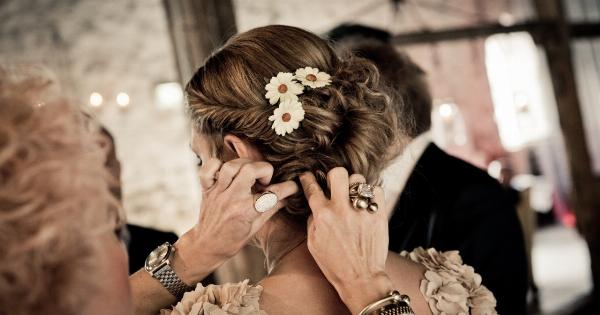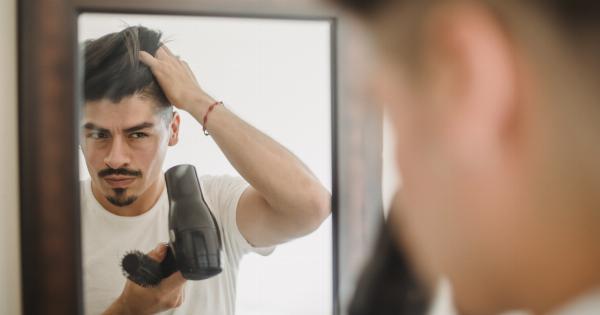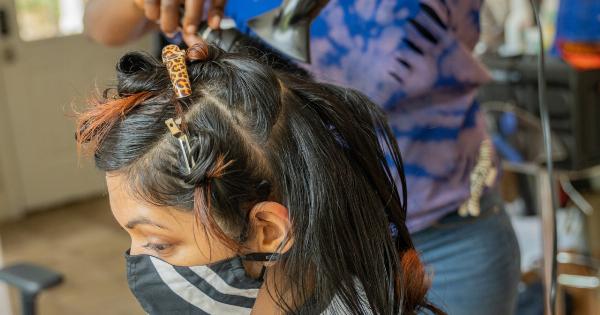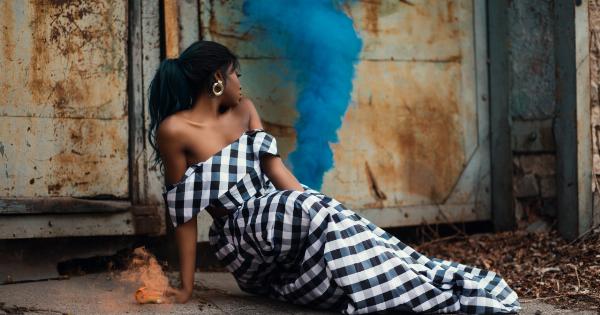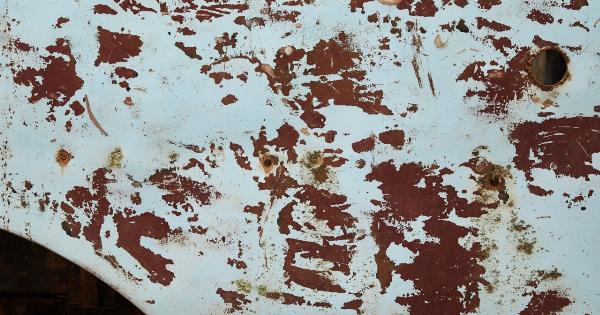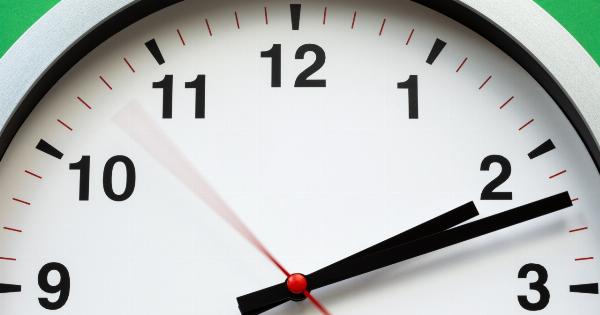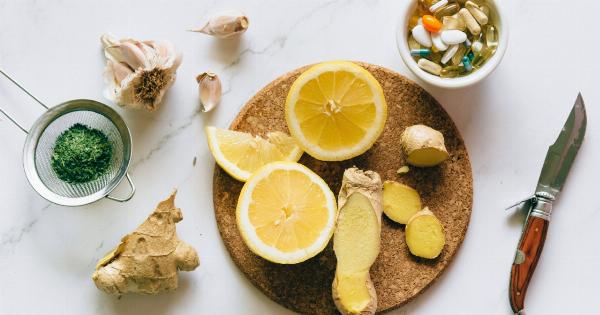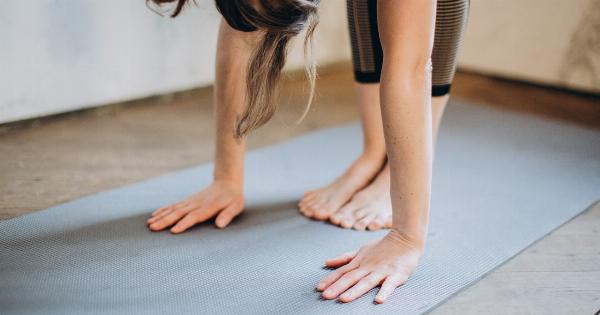Having flawless and perfectly styled hair is something that we all desire. However, hair path errors can often hinder us from achieving our desired hairstyles.
Whether it’s frizz, hair breakage, or uneven texture, these issues can make it difficult to manage and style our hair effectively. In this article, we will explore some common hair path errors and provide effective solutions to tackle them.
1. Frizz
Frizz is a common hair problem that many people struggle with. It occurs when the hair’s cuticle layer is raised, allowing moisture to enter and swell the strands. This leads to unruly and fuzzy hair. To combat frizz, follow these tips:.
– Use a hydrating shampoo and conditioner specifically formulated to combat frizz.
– Apply a leave-in conditioner or anti-frizz serum to tame flyaways and smoothen the hair.
– Avoid excessive heat styling as it can strip moisture from the hair, exacerbating frizz.
– Regularly deep condition your hair to keep it moisturized and healthy.
2. Hair Breakage
Hair breakage is another hair path error that can be frustrating to deal with. It can be caused by several factors, including excessive heat styling, chemical treatments, harsh brushing, and even certain hairstyles.
To prevent hair breakage, try the following:.
– Limit the use of heat styling tools and always use a heat protectant spray before styling.
– Opt for gentle hair brushes, such as wide-toothed combs or boar bristle brushes.
– Avoid tight hairstyles that put excessive tension on the hair, such as tight ponytails or braids.
– Incorporate protein treatments into your hair care routine to strengthen and fortify the strands.
3. Uneven Texture
Having uneven texture in our hair can make it challenging to achieve a smooth and polished look. Uneven texture can be caused by a variety of factors, including natural hair variations, damage from chemical treatments, or improper hair care techniques.
Here’s how you can improve the texture of your hair:.
– Use a clarifying shampoo to remove product buildup and improve hair texture.
– Incorporate a weekly exfoliating treatment to remove dead skin cells and unclog the scalp.
– Implement a regular trimming routine to remove split ends and promote healthier hair growth.
– Consider professional treatments, like keratin treatments or hair masks, to improve overall hair texture.
4. Dandruff
Dandruff is a common scalp condition that can lead to embarrassing flakes and itchiness. It occurs when the scalp’s natural balance is disrupted, leading to excessive oiliness or dryness. Here’s how you can combat dandruff:.
– Use a gentle, anti-dandruff shampoo that contains ingredients like zinc pyrithione or ketoconazole.
– Massage your scalp regularly to promote blood circulation and prevent buildup.
– Avoid excessive scratching, as it can further irritate the scalp and worsen dandruff.
– Watch your diet and ensure it includes essential nutrients like zinc, omega-3 fatty acids, and vitamins A and E.
5. Color Fading
Color-treated hair requires extra care to maintain vibrancy and prevent color fading. Over time, exposure to sunlight, environmental factors, and improper hair care can cause color-treated hair to lose its luster.
Here’s how you can prevent color fading:.
– Use a sulfate-free shampoo and conditioner specifically formulated for color-treated hair.
– Minimize exposure to direct sunlight by wearing hats or using UV protection sprays.
– Avoid hot showers and excessive heat styling, as it can strip the color from your hair.
– Consider using color-protecting treatments or hair masks to nourish and prolong the vibrancy of your hair color.
6. Static Hair
Static hair occurs when the hair becomes charged with electricity, causing it to stand on end and appear unruly. Dry environments, synthetic fabrics, and excessive brushing can contribute to static hair. Follow these tips to combat static:.
– Use a hydrating shampoo and conditioner to minimize dryness and flyaways.
– Apply a leave-in conditioner or hair oil to reduce friction and minimize static.
– Use a wooden or natural bristle brush to help distribute natural oils and minimize static.
– Consider using a humidity-reducing spray or applying a small amount of hairspray to control static.
7. Oily Scalp
An oily scalp can make your hair look greasy, dirty, and flat. Excessive sebum production, hormonal fluctuations, and improper hair care can contribute to an oily scalp. Here’s how you can manage it:.
– Use a clarifying shampoo to remove excess oil and buildup from the scalp.
– Avoid excessive scalp stimulation as it can lead to increased oil production.
– Incorporate a weekly scalp exfoliating treatment to unclog pores and remove excess oil.
– Skip heavy and greasy hair products and opt for lightweight, oil-free formulas instead.
8. Lack of Volume
If you’ve always dreamed of having voluminous hair but struggle with flat, lifeless locks, then you’re not alone. Lack of volume can be caused by various factors, including hair type, genetics, and improper styling techniques.
Try these tips to add volume to your hair:.
– Use volumizing shampoo and conditioner to add texture and lift to the hair.
– Apply a volumizing mousse or spray directly to the roots for added lift.
– Consider getting a haircut with layers to create the illusion of volume and movement.
– Use a round brush while blow-drying to lift the roots and add volume.
9. Heat Damage
Excessive heat styling can lead to serious hair damage, causing it to become dry, brittle, and prone to breakage. To prevent heat damage and keep your hair healthy, follow these preventive measures:.
– Always use a heat protectant spray or serum before using any heat styling tools.
– Lower the temperature setting on your styling tools to minimize heat damage.
– Limit the frequency of heat styling and opt for heat-free hairstyles whenever possible.
– Incorporate deep conditioning treatments into your hair care routine to restore moisture and repair damage.
10. Lack of Shine
Dull, lackluster hair can make your entire appearance appear dull. Lack of shine can be caused by various factors, including pollution, product buildup, and even internal factors like nutrition. To restore shine to your hair, follow these tips:.
– Use a clarifying shampoo to remove product buildup and residue from the hair.
– Rinse your hair with cold water after conditioning to seal the cuticles and enhance shine.
– Incorporate regular scalp massages to stimulate blood flow and nourish the hair follicles.
– Include foods rich in omega-3 fatty acids, vitamin E, and biotin in your diet to promote healthy hair.

